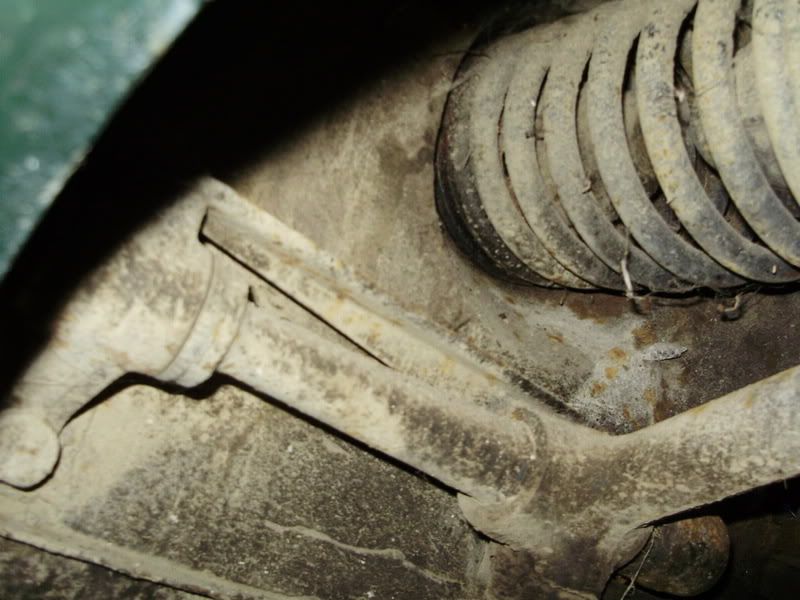Recently, I've noticed a few mentions in this section (P6 Suspension/Steering) of upgraded front suspension components. Previously I was not aware of any factory or in service upgrades to the front suspension structure and base unit other than the two brackets that weld on either side of the body damper mount.
The first one is sdibbers top link strengthening plate? thread and the picture of the part in question from Kiwirover:
Then in the same thread Quattro mentioned a diagonal brace that goes between the outer pivot of the bellcrank and the top balljoint used in some rally cars.
The next thread, just posted by chrisyork on Springs and Ball Ends has a photo of a front inner wing strengthening kit?
I've refrained from hi-jacking these threads so far, but am too inquisitive to let it be. I'd like to know a bit more about the rally car diagonal brace and the Australian strengthening kit if anyone could provide some details? I think the top link strengthening bracket is covered well enough for me, but I would like to know what thickness steel has been used, and is the outer pivot with the boss cast on the top an early part or specific to foreign markets? In other words, could I find one here in the UK to replicate one?
Are there any more upgrades or modifications done by Rover, or anyone else for that matter for the front suspension structure for more demanding environments :wink: ? The weak points of the rear suspension seem to be either well documented or are obvious to see so as to adapt to reduce any possiblity of failure.
Or am I just being overly curious
The first one is sdibbers top link strengthening plate? thread and the picture of the part in question from Kiwirover:
KiwiRover said:
Then in the same thread Quattro mentioned a diagonal brace that goes between the outer pivot of the bellcrank and the top balljoint used in some rally cars.
The next thread, just posted by chrisyork on Springs and Ball Ends has a photo of a front inner wing strengthening kit?
I've refrained from hi-jacking these threads so far, but am too inquisitive to let it be. I'd like to know a bit more about the rally car diagonal brace and the Australian strengthening kit if anyone could provide some details? I think the top link strengthening bracket is covered well enough for me, but I would like to know what thickness steel has been used, and is the outer pivot with the boss cast on the top an early part or specific to foreign markets? In other words, could I find one here in the UK to replicate one?
Are there any more upgrades or modifications done by Rover, or anyone else for that matter for the front suspension structure for more demanding environments :wink: ? The weak points of the rear suspension seem to be either well documented or are obvious to see so as to adapt to reduce any possiblity of failure.
Or am I just being overly curious


